|
|
|
|
|
|
|
|
|
 Posted: Fri Dec 21, 2018 9:05 am Posted: Fri Dec 21, 2018 9:05 am
 |
 |
 |
 |

Eocene palm leaf from Green River, Utah.

Borassus flabellifer, commonly known as doub palm, palmyra palm, tala palm, toddy palm, wine palm, or ice apple is native to the Indian subcontinent and Southeast Asia, including Nepal, India, Bangladesh, Sri Lanka, Cambodia, Laos, Burma, Thailand, Vietnam, Malaysia, Indonesia and the Philippines. It is reportedly naturalized in Pakistan, Socotra, and parts of China. |
 |
 |
 |
 |
|
 |
 |
|
|
|
|
|
|
|
|
|
|
|
|
|
|
|
|
|
|
|
|
|
|
|
|
 Posted: Tue Nov 24, 2020 3:15 am Posted: Tue Nov 24, 2020 3:15 am
 |
 |
 |
 |
You would think that soft-tissued animals (animals without bones). Would hardly ever apear in the fossil record. But they do! Consider the process involved: these animals must have been rappidly burried so as to allow no predator to eat them, and to be allowed to fossilize rather rapidly in order for them to be fossilized at all. An animal requires be unexposed and undisturbed in order to become a thing of mineral. Don't tell me there were no detritivores back then. They are in all ecosystems, even marine, and typical include many animals such as millipedes, springtails, woodlice, dung flies, slugs, many terrestrial worms, sea stars, sea cucumbers, fiddler crabs, and some sedentary polychaetes such as worms of the family Terebellidae [source].
This jellyfish discovered in the Burges Shale fossil record is perfectly preserved. By the way the designation Burges Shale is not mine, but part of the evolutionary wordview. It is a designation given animals found in a layer believed to be 545 to 525 million years. It is from the so-called Cambrian period.
This particular specimen can be found at the Royal Ontario Museum.

I want to introduce you to Aequorea victoria. Also sometimes called the crystal jelly, is a bioluminescent hydrozoan jellyfish, or hydromedusa, that is found off the west coast of North America.
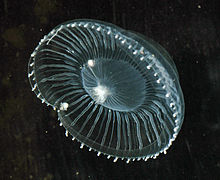
The species is best known as the source of two proteins involved in bioluminescence, aequorin, a photoprotein, and green fluorescent protein (GFP). Their discoverers, Osamu Shimomura and colleagues, won the 2008 Nobel Prize in Chemistry for their work on GFP.
Source: link
Living fossil, or perhaps animals do not evolve? What do you think?
.
|
 |
 |
 |
 |
|
 |
 |
|
|
|
|
|
|
|
|
|
|
|
|
|
 Posted: Mon Nov 15, 2021 10:56 am Posted: Mon Nov 15, 2021 10:56 am
 |
 |
 |
 |
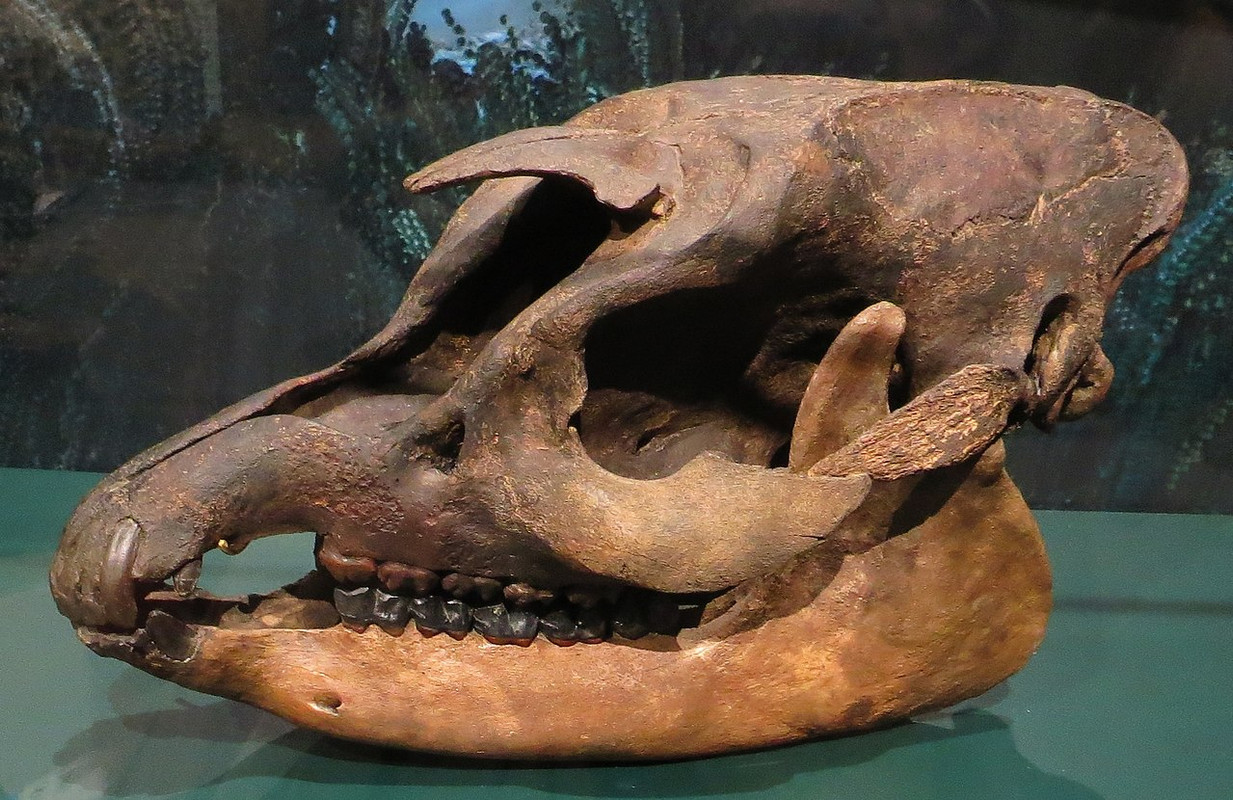
Tapirus copei, or Cope's tapir, is an extinct species of tapir that inhabited North America during the early to middle Pleistocene Epoch (~2.5–1 Ma). The fossil remains of two juvenile T. copei were collected in Hillsborough County, Florida on August 31, 1963. It was the second largest North American tapir; the first being T. merriami.
A Copes' tapir skull held at the Natural History Museum in Karlsruhe, Germany

Source: Wikipedia
The Malayan tapir (Acrocodia indica), also called the Asian tapir, Asiatic tapir, Oriental tapir, Indian tapir, or piebald tapir, is the largest of the four widely-recognized species of tapir, and the only one native to the Old World. The scientific name refers to the East Indies, the species' natural habitat.
Source: Wikipedia
Living specimen.
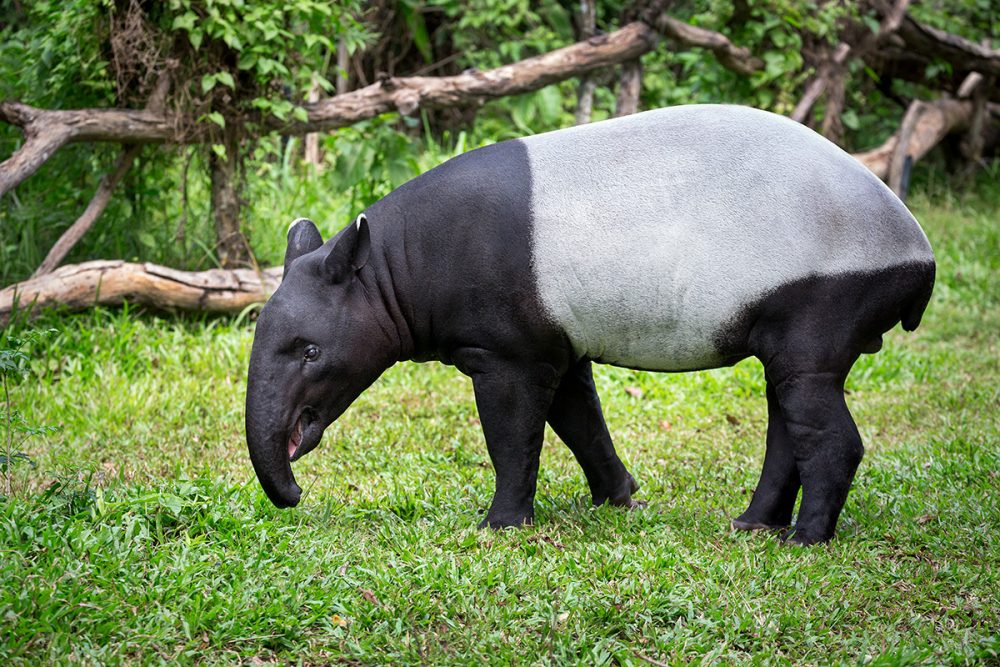
Unchanged for over two million years according to the commonly held belief of long age development of various lifeforms. I think it is more natural to believe there is no evolution in the sense of one specie developing gradually into another, but that there are subspecies within a specie that for various reason go extinct. An animal will always be recognizable as its own kind. Meaning once a tapir, always a tapir. |
 |
 |
 |
 |
|
 |
 |
|
|
|
|
|
|
|
|
|
|
|
|
|
|
|
 Posted: Wed Nov 17, 2021 10:02 am Posted: Wed Nov 17, 2021 10:02 am
 |
 |
 |
 |
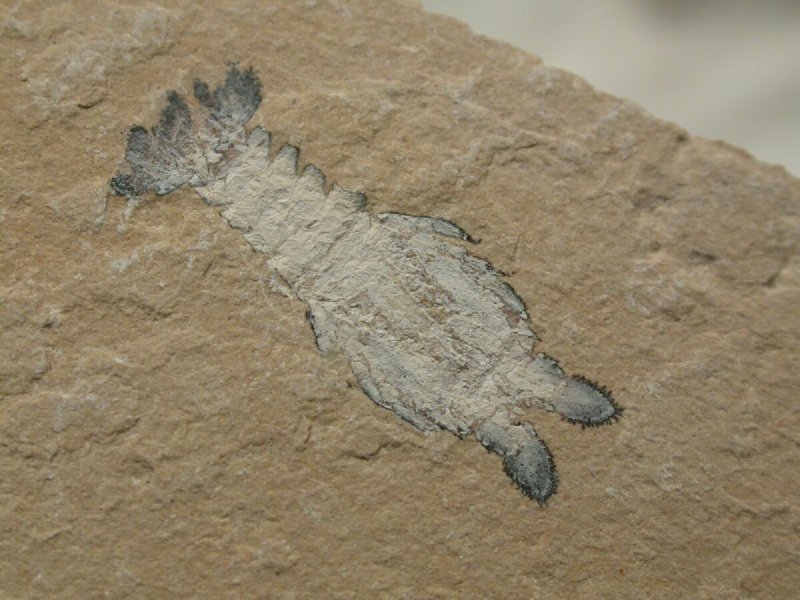
A fine example of a decapod of the Cenomanian Stage (93-97 million year old according to some questionable dating methods) sublithographic limestone strata near Hajoula, Lebanon. While identified by collector as Sculda (a mantis shrimp), I am more disposed to identify it as a slipper lobster based upon the “scoops” at the front, a characteristic of the Family Scyllaridae. Extant slipper lobsters are nocternal creatures. They are also called Bulldozer Lobsters in recognition of the shovel-looking modified antennae they use to plow through the substrate in a search for food. This is a suberb example of the degree of preservation often found in these lagerstatte deposits some 270 meters below the surface. Many invertebrate fossils from Lebanon are artificially colored, with otherwise light colored details highlighted by paint or stain. This one is entirely natural, just as in came out of the ground.
Source
"Modern" Scyllaridae or slipper lobster.
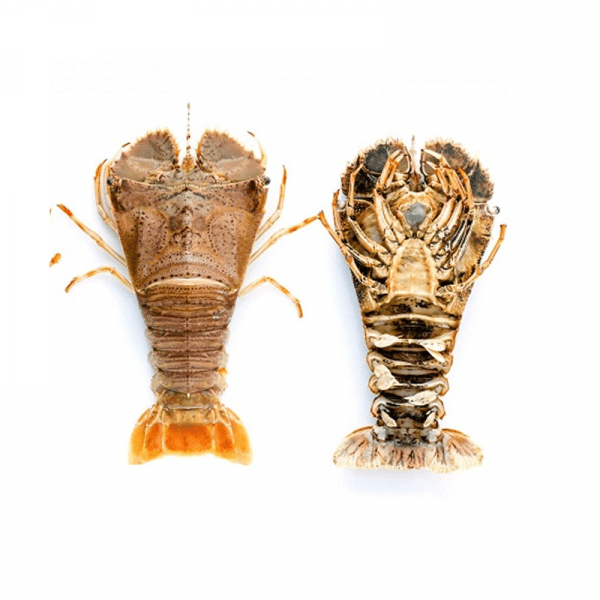

Slipper lobsters have body structure similar to shrimp, but they are more flattened and have a heavy thick outer skin (exoskeleton). Unlike the Maine lobsters served in restaurants, slipper lobsters have no claws. They also have no long filamentous antennae. Their antennae are modified into short, flat, broad plate-like appendages that are used to dig into soft sand or mud. This behavior leads to its nickname "the shovel-nose lobster". They are bottom dwellers and occur at great depths. Maximum sizes range from 5.5 cm (2.2 in) to 50 cm (20 in). Although they are edible, slipper lobsters don't support any major fishery. They are usually caught incidentally in other fishery operations.
Source |
 |
 |
 |
 |
|
 |
 |
|
|
|
|
|
|
|
|
|
|
|
|
|
 Posted: Wed Nov 17, 2021 10:48 am Posted: Wed Nov 17, 2021 10:48 am
 |
 |
 |
 |
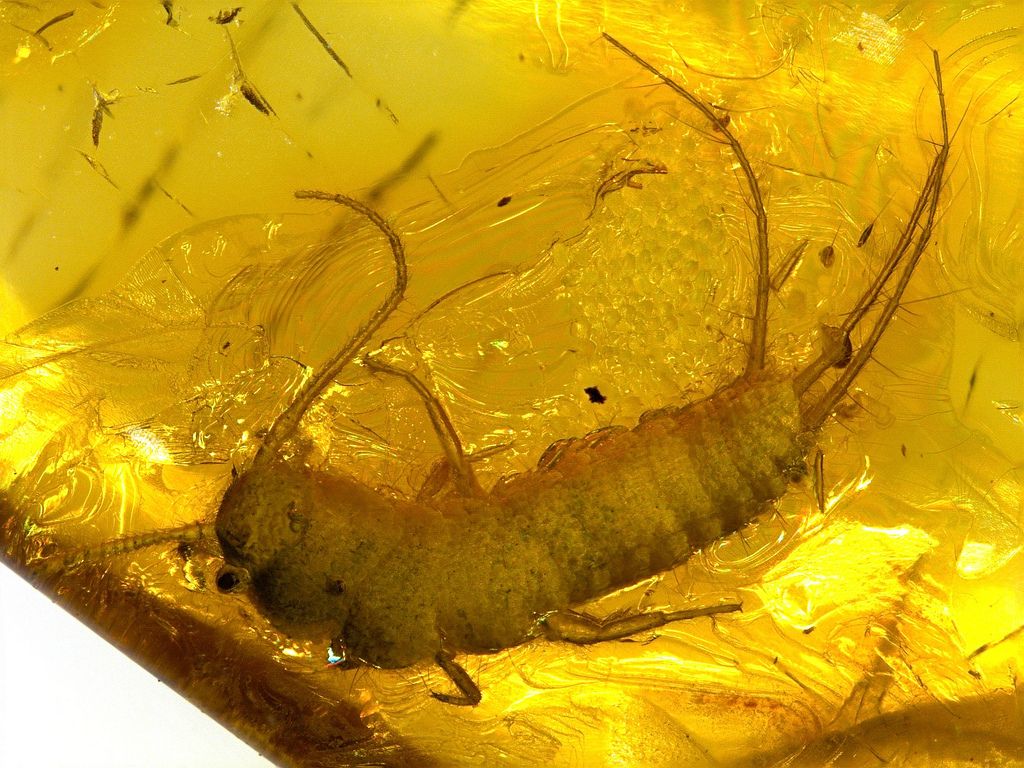
Silverfish in Baltic amber. Said to be 40-50 million years old.
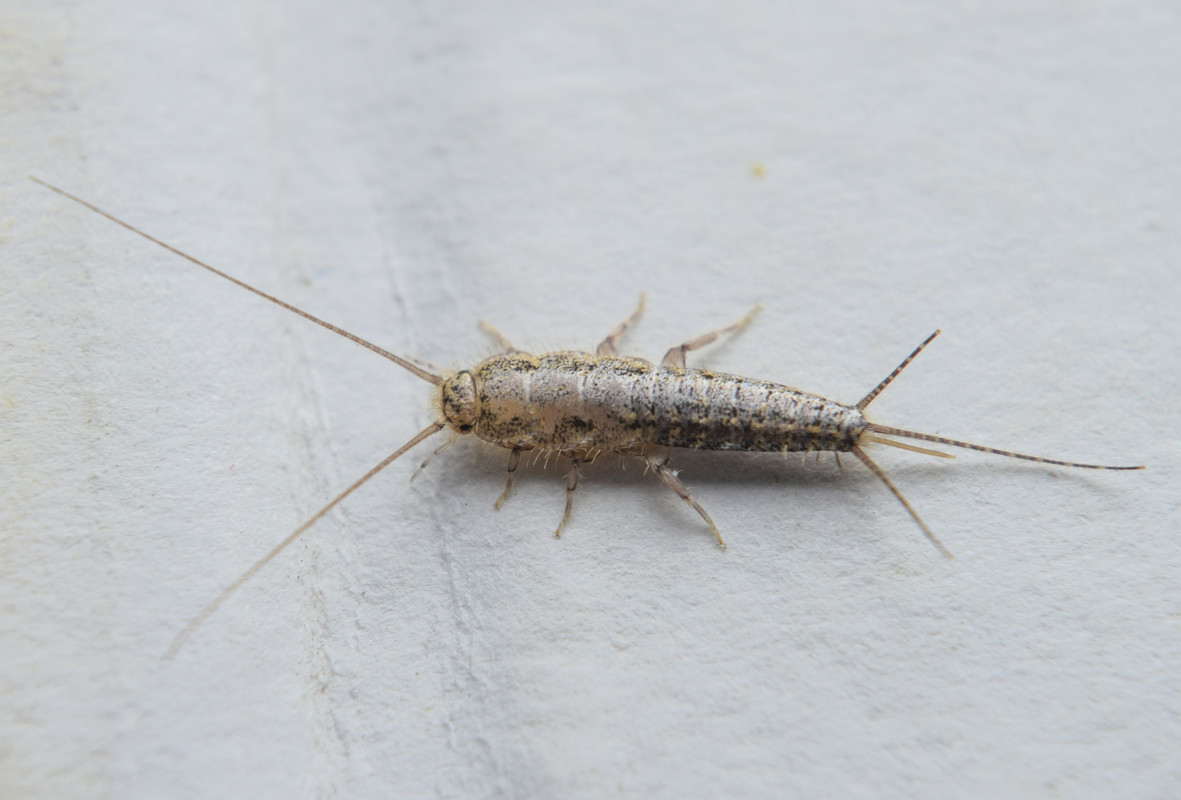
The silverfish is a nocturnal insect typically 13–25 mm (0.5–1.0 in) long. Its abdomen tapers at the end, giving it a fish-like appearance. The newly hatched are whitish, but develop a greyish hue and metallic shine as they get older. It has two long cerci and one terminal filament at the tip of the abdomen between the cerci. It also has two small compound eyes, although other members of Zygentoma are completely eyeless, such as the family Nicoletiidae.
Like other species in Apterygota, the silverfish is completely wingless. It has long antennae, and moves in a wiggling motion that resembles the movement of a fish. This, coupled with its appearance and silvery scales, inspires its common name. Silverfish can regenerate terminal filaments and antennae, if lost, in two to four weeks. Silverfish typically live for up to three years.
The silverfish is an agile runner. It avoids light.
Distribution
Silverfish are a cosmopolitan species, found in Africa, the Americas, Australia, Eurasia, and other parts of the Pacific. They inhabit moist areas, requiring a relative humidity between 75% and 95%. In urban areas, they can be found in attics, basements, bathtubs, sinks, kitchens, old books, classrooms, and showers.
Source |
 |
 |
 |
 |
|
 |
 |
|
|
|
|
|
|
|
|
|
 |
|
|
|
|
|
|


















